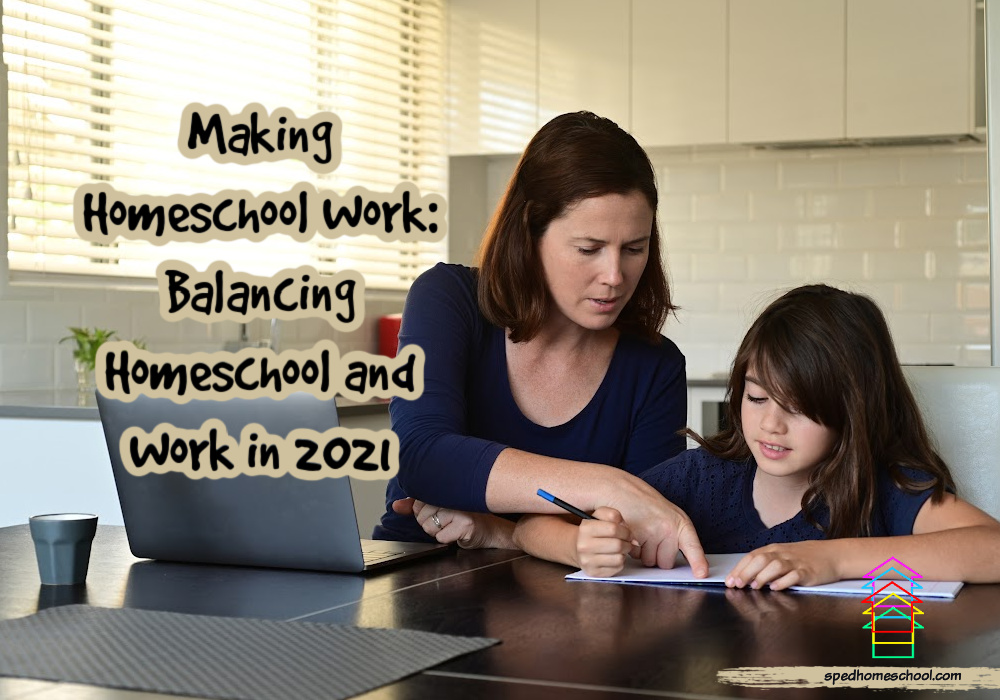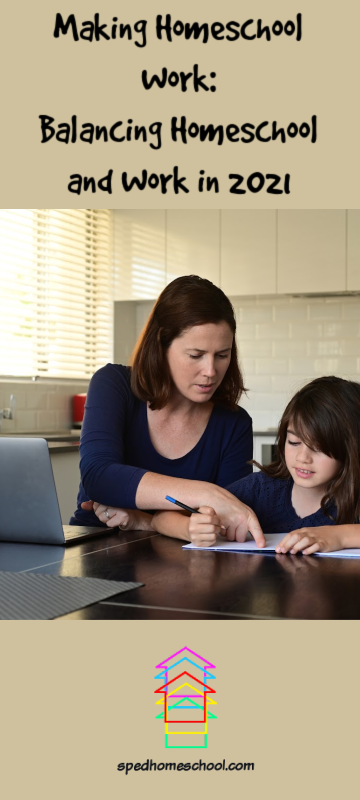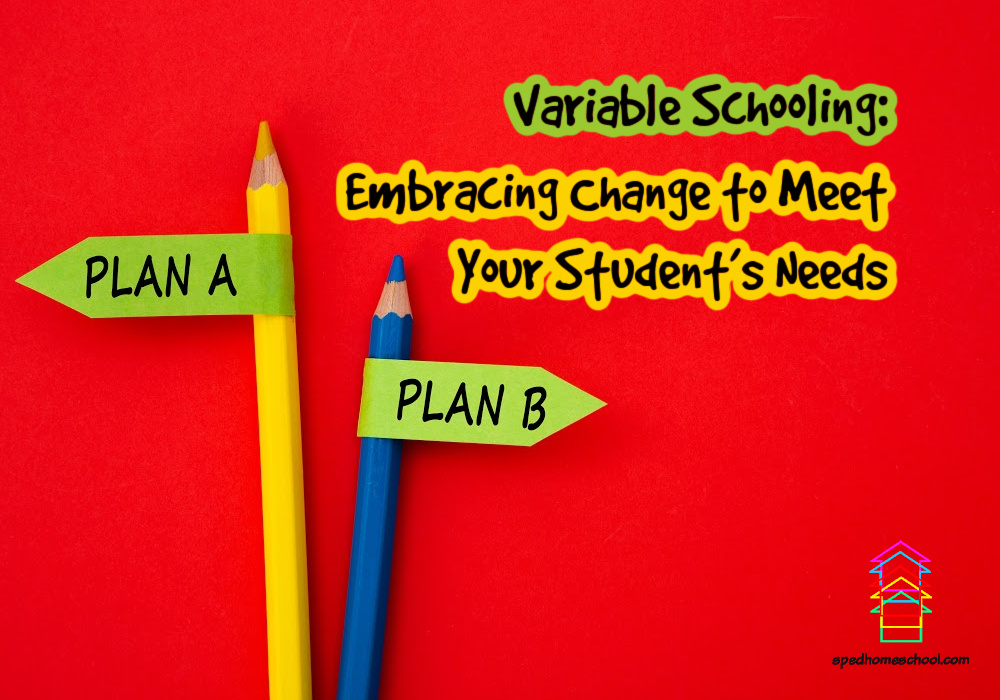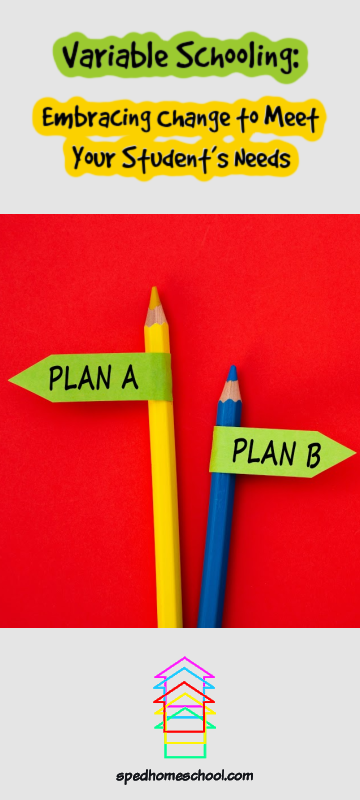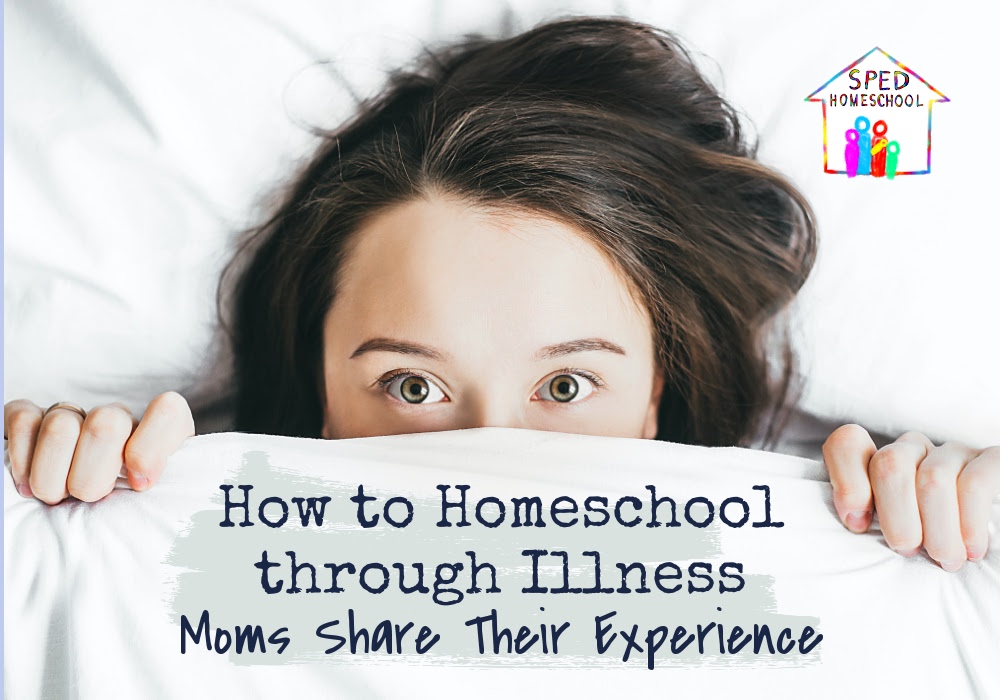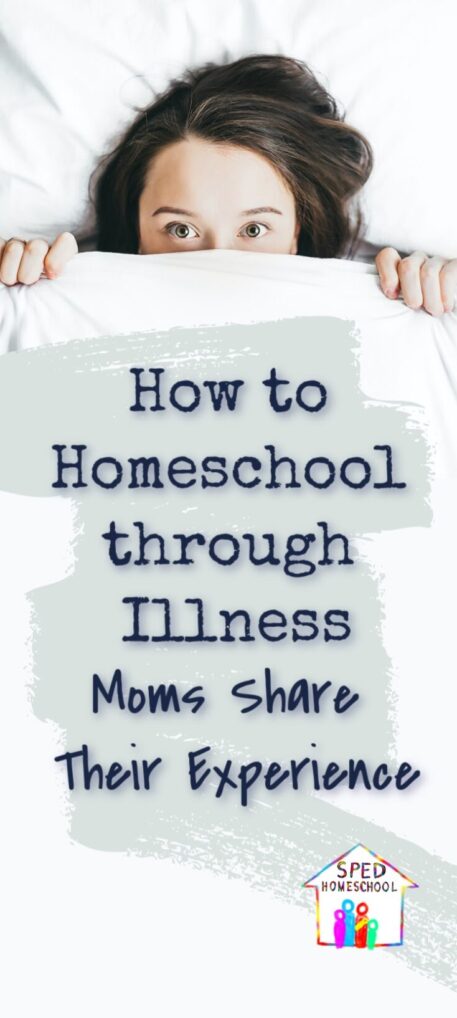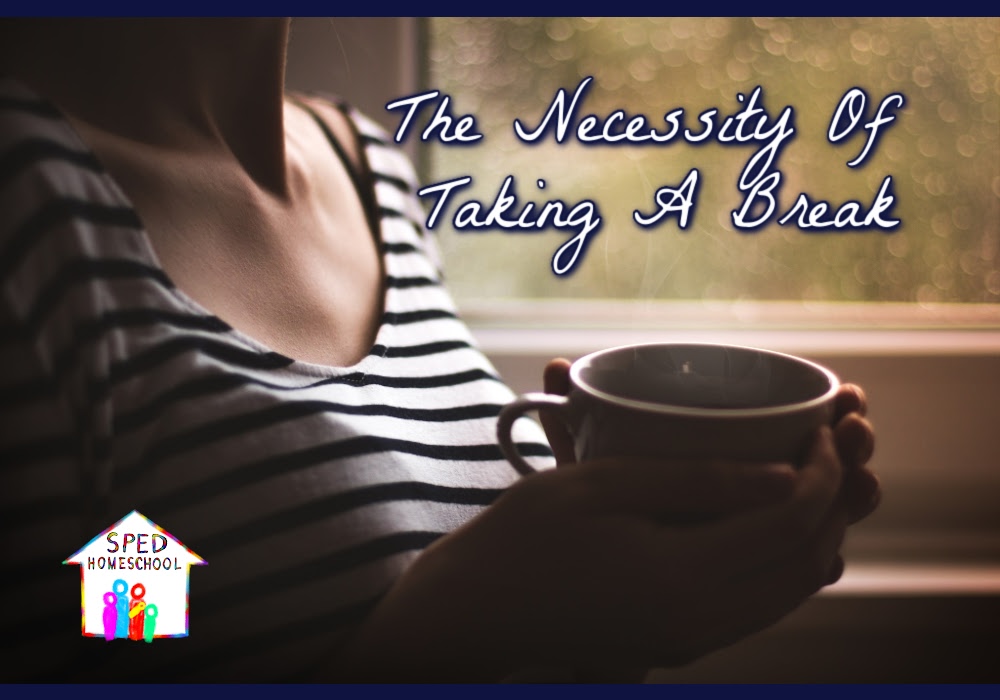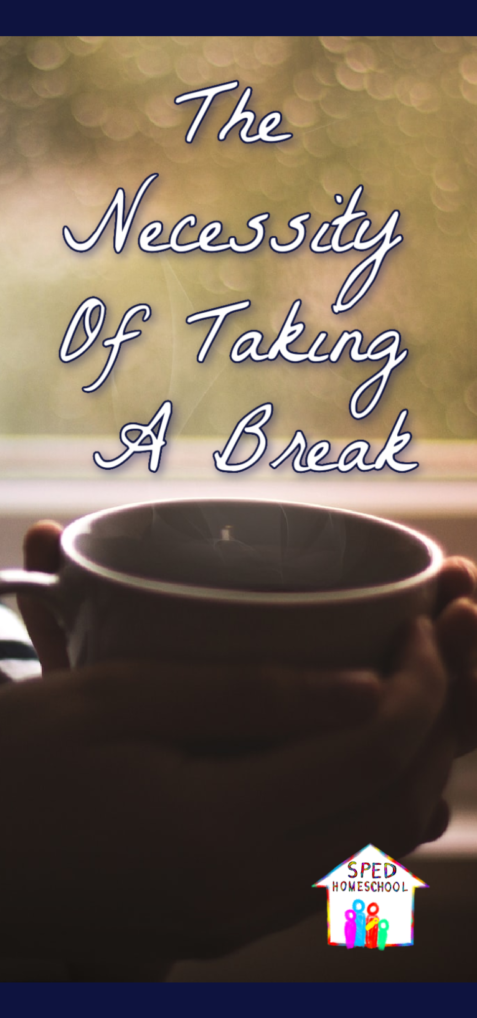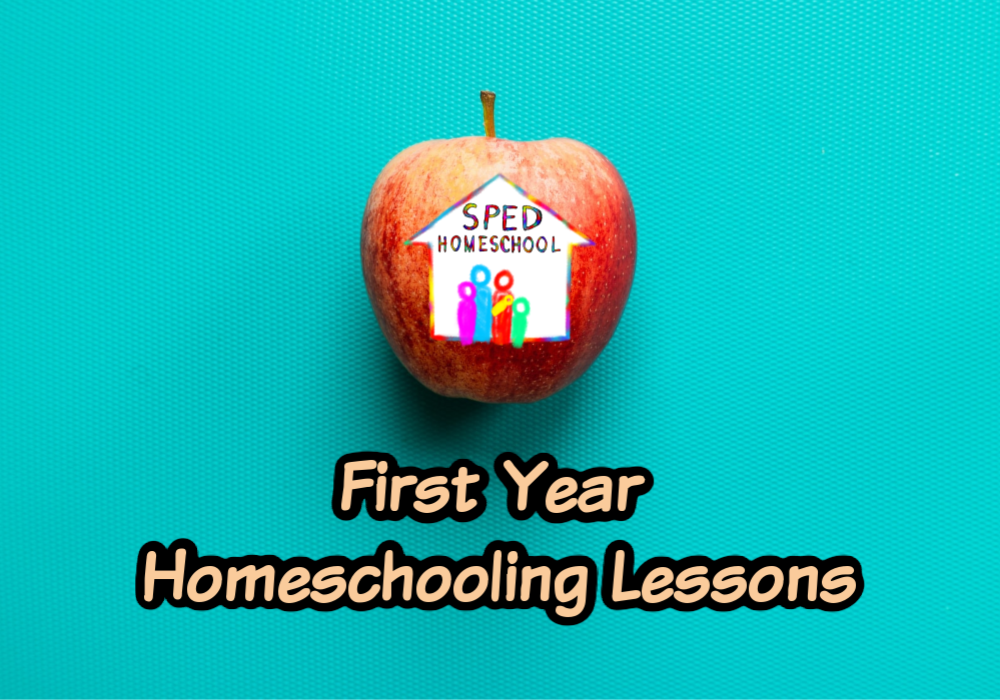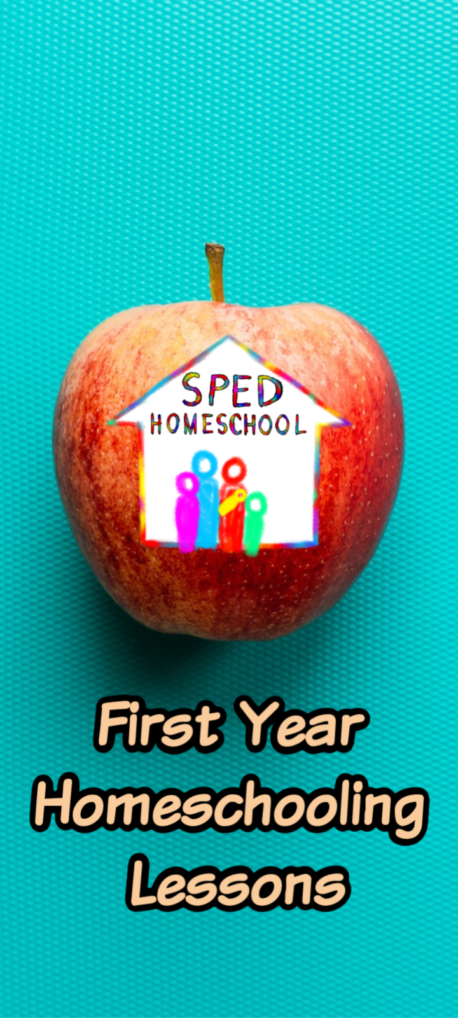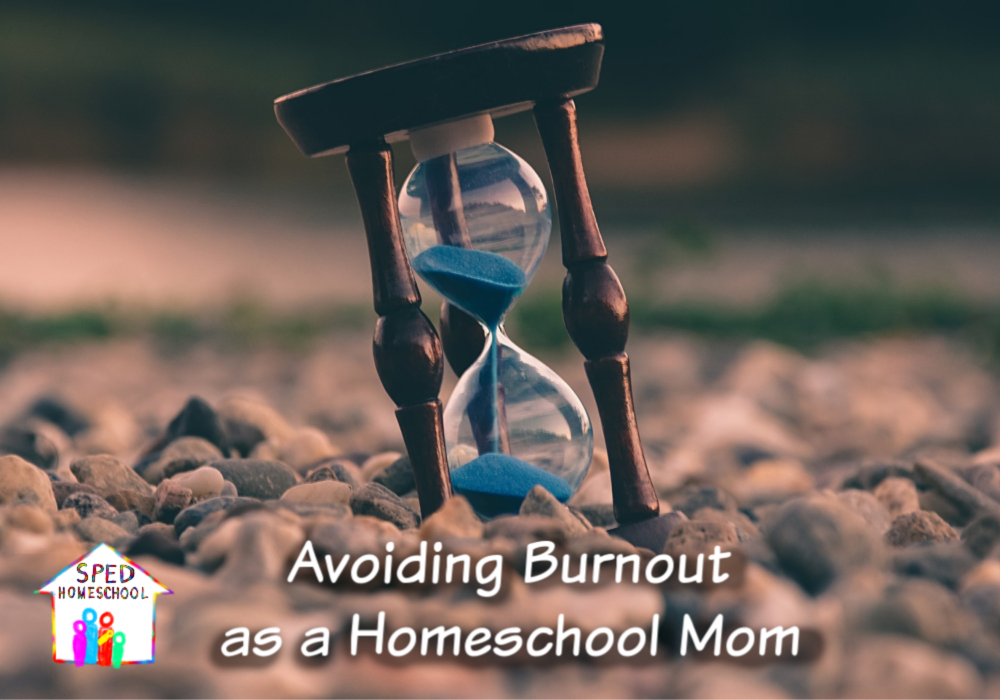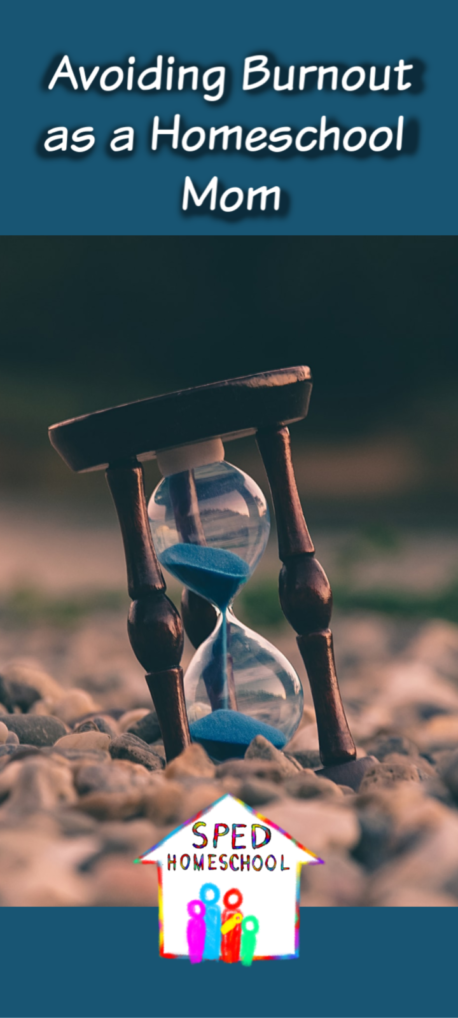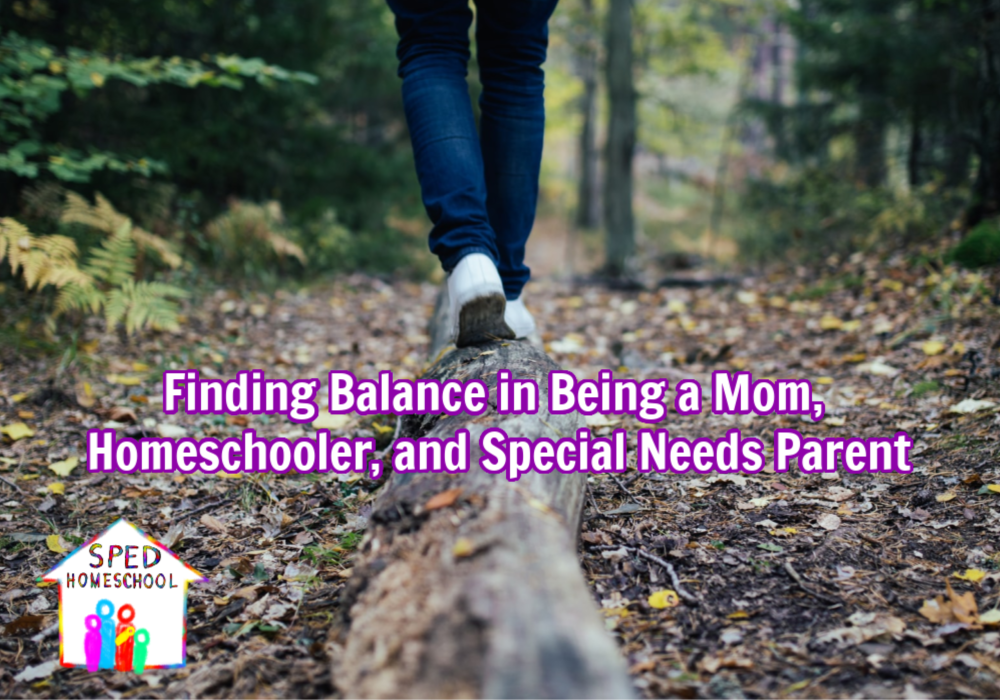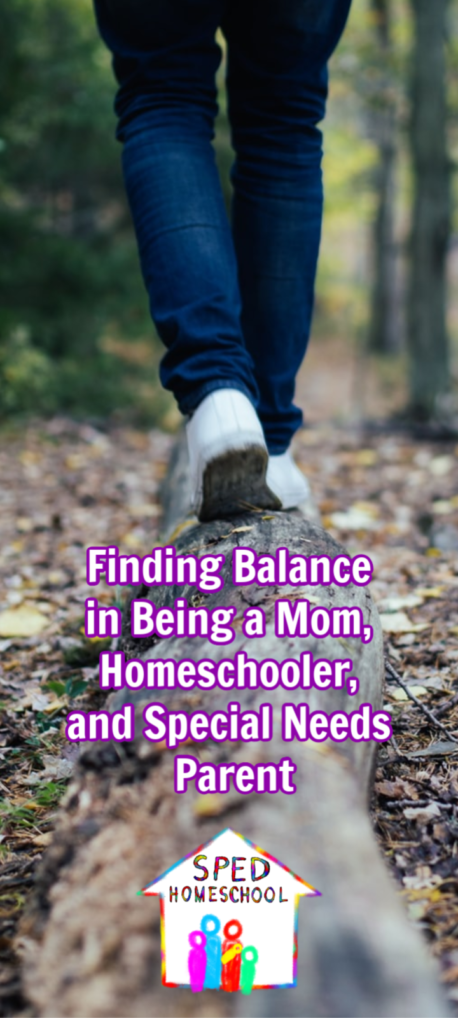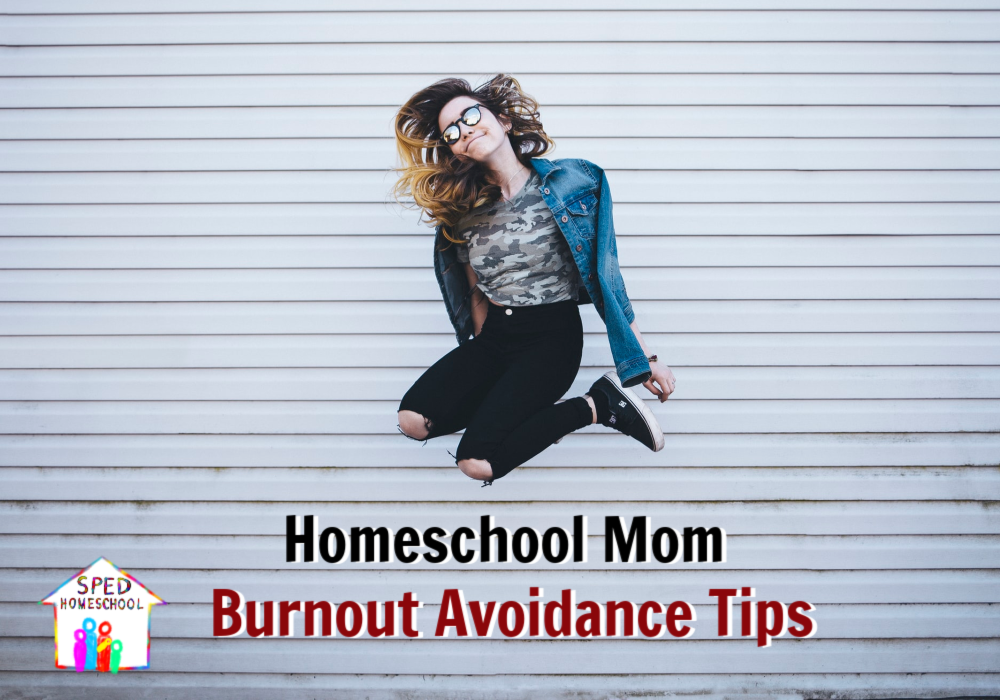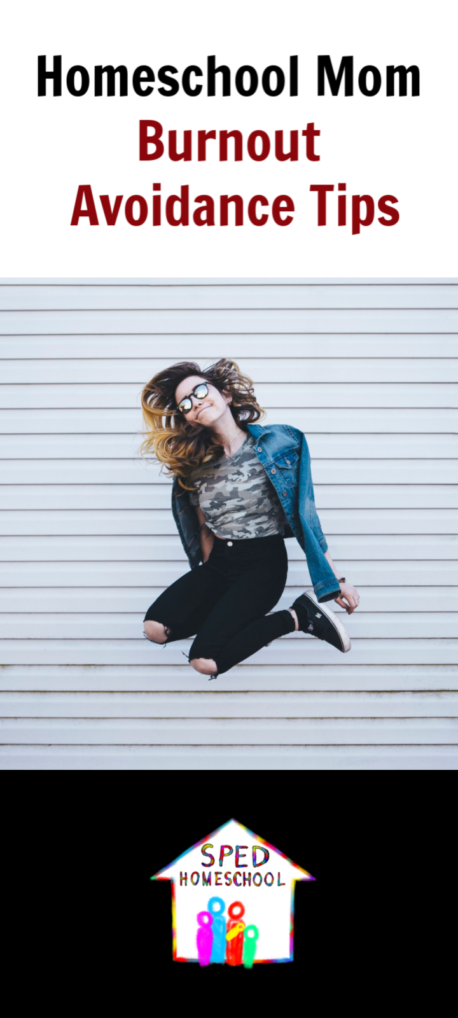
by Cheryl Swope, Simply Classical Curriculum and Cheryl Swope Consulting
David was small in stature. He had only five small stones. By any standard of measure, David stood no chance against Goliath; but the LORD was with David.
This is what I wish I would have understood when my twins were young. As an adoptive mother, I fretted. My son’s legs were twisted and his muscle tone floppy. He spoke with sounds that were difficult to understand. He seemed perplexed by reasonable rules. Unusually passive, he was willing to let his twin sister attempt to button his clothing, do his simple chores, and speak for him in public. She, by contrast, was eager to help, but lacked the skills to do so. With odd language and fine-motor skills so weak they fell into the 2nd%ile. Even at age four, her drawing and coloring appeared at a toddler age. What was I to do?
My mind vacillated by its own weakness. On hearty days, I vowed to “catch them up” with heroic amounts of attention, therapies, and hard work. Much of the time, this mindset served my children well. We truly worked hard. The therapeutic work structured our days, nurtured our bonds, and resulted in measurable, albeit small, gains. On weaker days, I despaired of ever being able to catch them up to their peers. Just when I thought we had made great strides, a same-age child would come over to play. I marveled at the organized mind of the child as she planned her play, folded a swim towel, or spoke with coherence. I felt myself tumbling into the chasm of difference between my children and the capable neighbor child.
Where was my mistake? I believe now that my mistake, on both the hearty days and the weaker days, was thinking that my role was to “catch up” my children, as if the differences were merely quantitative and resolvable. My little David–my twins Michael and Michelle–would never be the size of Goliath, the physically and mentally able “giants” among other children we knew. They would not run and play freely like the others, navigate friendships or draw and color like the others, speak or plan or achieve like the others. But the LORD was with them.
I began to understand that the enemy was not the other children. They were not “Goliath;” rather my giant was the temptation to hold up other children as the measuring stick for my own. I had nothing in my satchel to slay this temptation. But the LORD was with me. I want to share this excerpt from I Samuel 17:
Then he chose for himself five smooth stones from the brook, and put them in a shepherd’s bag in a pouch which he had, and his sling was in his hand. And he drew near to the Philistine….
Then David said to the Philistine, ‘You come to me with a sword, with a spear, and with a javelin. But I come to you in the name of the Lord of hosts…. This day the LORD will deliver you into my hand, and I will strike you and take your head from you.’
Slaying the temptation was my first, small step of progress, and one that would need to be taken. One of my children’s occupational therapists told me that the top factor for a child’s success was his sense of love, acceptance, and closeness from his mother. As if scales fell from my eyes, I compared less and, instead, saw my children as the unique, fully human, endearing children that they are. Scrapbooking helped. I jotted down the delightful things they said, the small steps of progress they made, and the ways in which they evidenced growth beyond what is measurable: thoughtfulness, gentleness, kindness, helpfulness, self-control.
Our children are created imago Dei, in the image of God, redeemed by Christ, and sanctified by the Holy Spirit. In Him, my twins have an unmatched advocate, defender, and sustainer. With this comfort I am free to continue therapies, press on with academics, and teach the many things they need to know. We can work on exercises, speech articulation, social understanding, and manners. If we move forward in spelling, math, writing, and reading, we rejoice. Today as we watch other families make progress step by step through our Simply Classical Spelling: Step-by-Step Words and Simply Classical Writing: Step-by-Step Sentences, we rejoice greatly. But most importantly, we have learned the hard way that even if we make no progress despite great effort or, due to degenerative conditions, experience regress, the LORD is still with us.
We can remember that young David who once carried only five small stones later prayed words we can say together with our children in great confidence: I will fear no evil, for You are with me. We can trust in His faithfulness toward us no matter where our children fall today on percentile rank, stanine, and other manmade measures. The LORD provides us with comfort and understanding as we love our children on hearty days and weaker days.
Resting in Him, we can rejoice in our children’s small steps. We can rejoice most of all in sharing the truth that closes David’s beloved psalm for ourselves and for our children: Surely goodness and mercy shall follow me all the days of my life; and I will dwell in the house of the LORD forever. Let us guard this comfort closely and teach this, above all else, to our children day by day.


